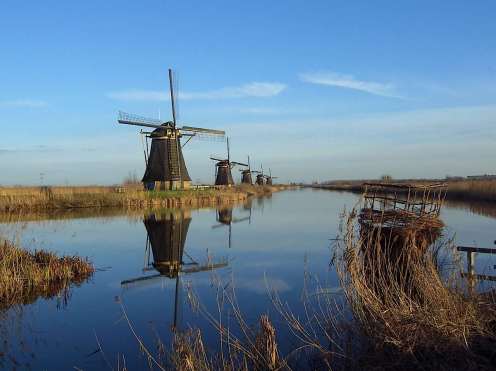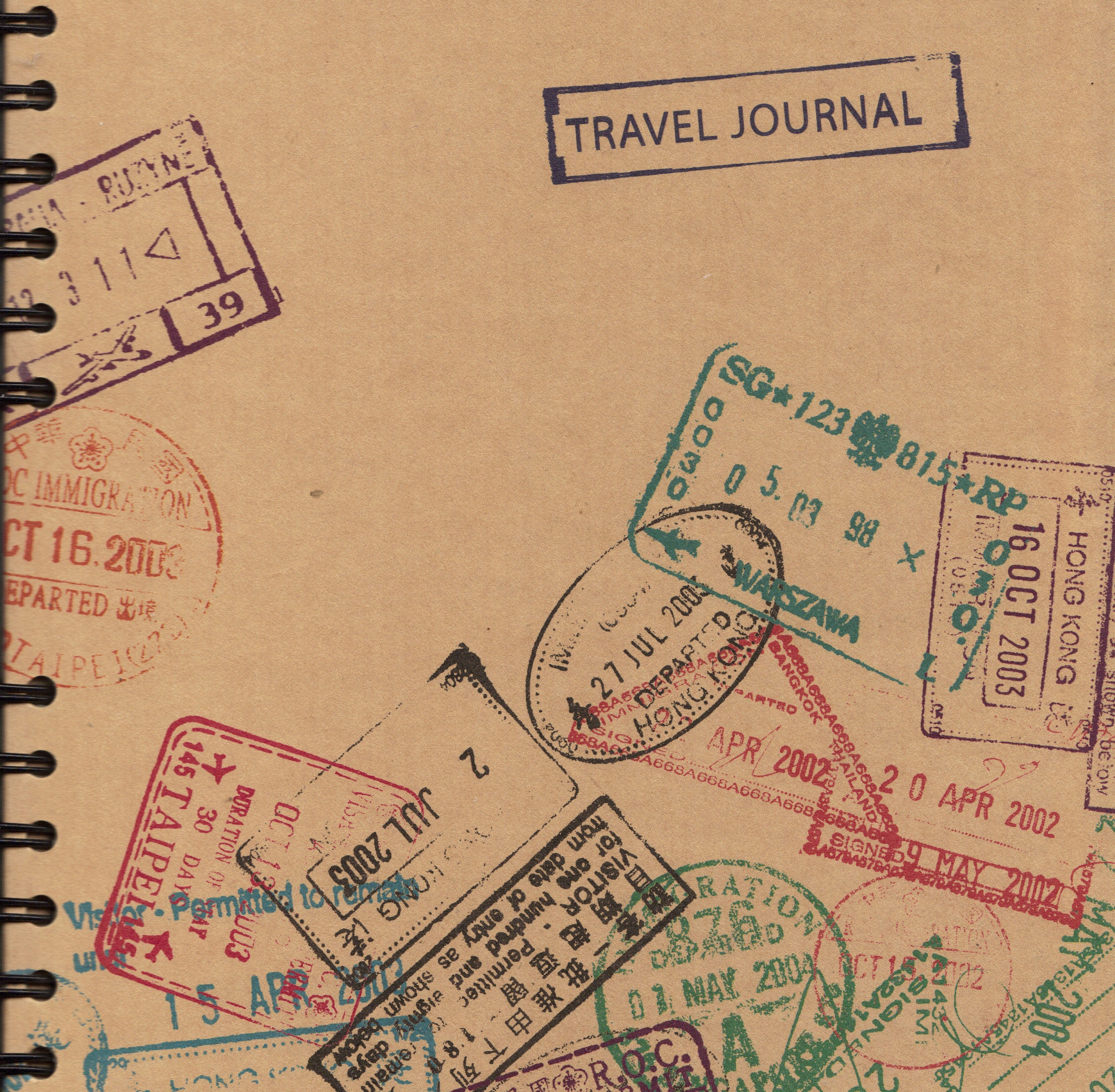People have always travelled to other parts of the world to see great buildings and works of art, to learn new languages, to experience new cultures, to enjoy different food and drink and if lucky, to get laid…
… I mention this because in 2008 I flew to Athens and in the departure lounge queue behind us was a couple of young girls and one announced to the other that ‘I only go on holiday for three things, to get drunk, get stoned and get laid’, I had to see who this person was and when I turned round she turned out to be so unattractive that I was tempted to say ‘Don’t build your hopes up, if I were you I would concentrate on the first two!’
As long ago as the time of the Roman Empire, there were popular coastal resorts such as Sorrento and Capri for the rich. In 1936 the League of Nations defined a foreign tourist as someone travelling abroad for at least twenty-four hours and its successor, the United Nations amended this definition in 1945 by including a maximum stay of six months.
In 2020 the United Kingdom foolishly left the European Union. One of the so called Brexit Benefits (there are none by the way) was to limit the amount of time a UK citizen can spend in Europe to ninety days in any six month period. What a spectacular example of self-harm.
Young English elites of the seventeenth and eighteenth centuries often spent two to four years travelling around Europe in an effort to broaden their horizons and learn about language, architecture, geography and culture in an experience known as the Grand Tour.
In fact the word tourist has its origins in what used to be more correctly called the Grand Tour of Europe, which was a term first used by Richard Lessels in his 1670 book ‘Voyage to Italy’ and after that it came into general usage to describe the travels in Europe of wealthy and privileged young men and women in the years of the Enlightenment where it was quite normal to take a gap year, or four, in the quest for a broader education.
While the general objective of the Grand Tour was essentially educational (and this was probably what mum and dad thought that they were forking out for) they were notorious for more frivolous pursuits such as getting hammered, partying heavily and sleeping with as many continental lovelies as possible. J
When young men on the Grand Tour weren’t misbehaving like people on a stag weekend to Amsterdam they were mostly interested in visiting those cities that were considered the major centres of culture at the time, primarily Paris, Rome, Venice, Florence and also Naples were popular destinations. The Grand Tourist would travel from city to city and usually spend some time in smaller towns and up to several months in the three main cities on the itinerary. Paris was usually first en route and tourists would rent apartments for several weeks at a time and would make occasional visits to the countryside and adjacent towns.
From Paris, they travelled south either across the Alps or by a ship on the Mediterranean Sea to Italy and then they would pass on to Rome or Venice. Rome was initially the southernmost point they would travel to but when excavations began at Herculaneum and Pompeii the two sites also became additional major destinations on the Grand Tour. There were no airlines or railways of course so all of their travel was by carriage or by sea. These days it is easier with a much greater range of transport options.
Other locations included as part of some Grand Tours included Spain and Portugal, Germany, Eastern Europe, the Balkans, and the Baltic. However, these other spots lacked the cultural and historical appeal of Paris and Italy and the substandard roads made travel much more difficult so they were not always the most popular. Some of them didn’t have vineyards either so I suppose that might have reduced their appeal somewhat.
The British it seems have always been rather keen on travelling abroad and we have left our mark all over Europe (and not just through football violence either) in Nice one of the first and most established holiday resorts on the French Riviera, the long esplanade along the seafront is known to this day as the Promenade des Anglais and in many other historic resorts in continental Europe, old well-established palace hotels have names like the Hotel Bristol, the Hotel Carlton or the Hotel Majestic, reflecting the predominance of English customers.
This sort of thing really appeals to me; both the finding out about things and having a really good knees up at the same time and I have become determined to travel as much in Europe as I possibly can. There are forty-six countries in Europe and I have only so far been to twenty-three so I am half way towards my objective of visiting them all.
Ryanair was Europe’s original low fares airline and is my favourite which is lucky for me because the airline has eight hundred and thirty low fare routes to one hundred and forty-three destinations in Europe and North Africa. In the last three years I have flown thirty times at a very reasonable average cost of £40 return all inclusive. Not all of these flights were with Ryanair of course and I have been forced to use others but I generally find that these work out more expensive. A return flight to Athens with Easyjet for example costs £120 and my biggest bargain so far was with Ryanair to Santander in Cantabria, Spain at just £10.02 return. To put things into some sort of perspective it costs over £80 to go to London on the train from Peterborough with National Express and for that you are not even guaranteed a seat. That is about .90p a mile and on that basis it would cost approximately £1,800 to go to Santander and back by train!
In 2008 the most visited country in Europe was France, followed by Spain, Italy, United Kingdom and Germany. Spain made the most money out or tourist revenues and on average the Germans spent most while away from home. The most visited city was London (although as usual France disputes the official figures) and the most visited place was Trafalgar Square, followed by the Eiffel Tower and then the Vatican. The United Nations World Tourism Organisation, which has its headquarters in Madrid, produces the World Tourism Rankings and is a United Nations agency dealing with questions relating to tourism. For the record I visited Trafalgar Square in 2008, the Eiffel Tower in 2005 and the Vatican in 2003.
Click on an image to scroll through the gallery…
















Pingback: It’s Nice To Feel Useful (7) | Have Bag, Will Travel